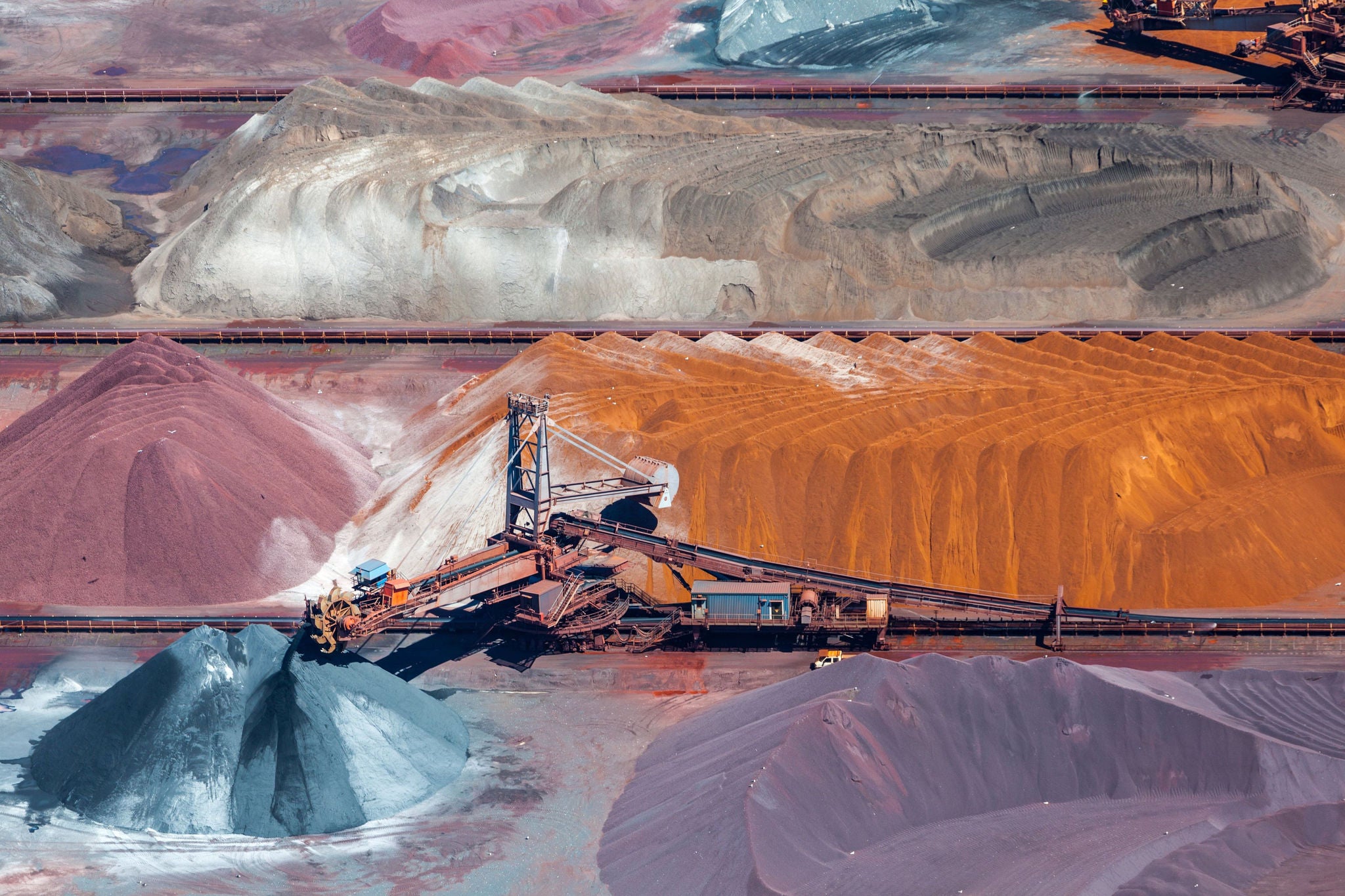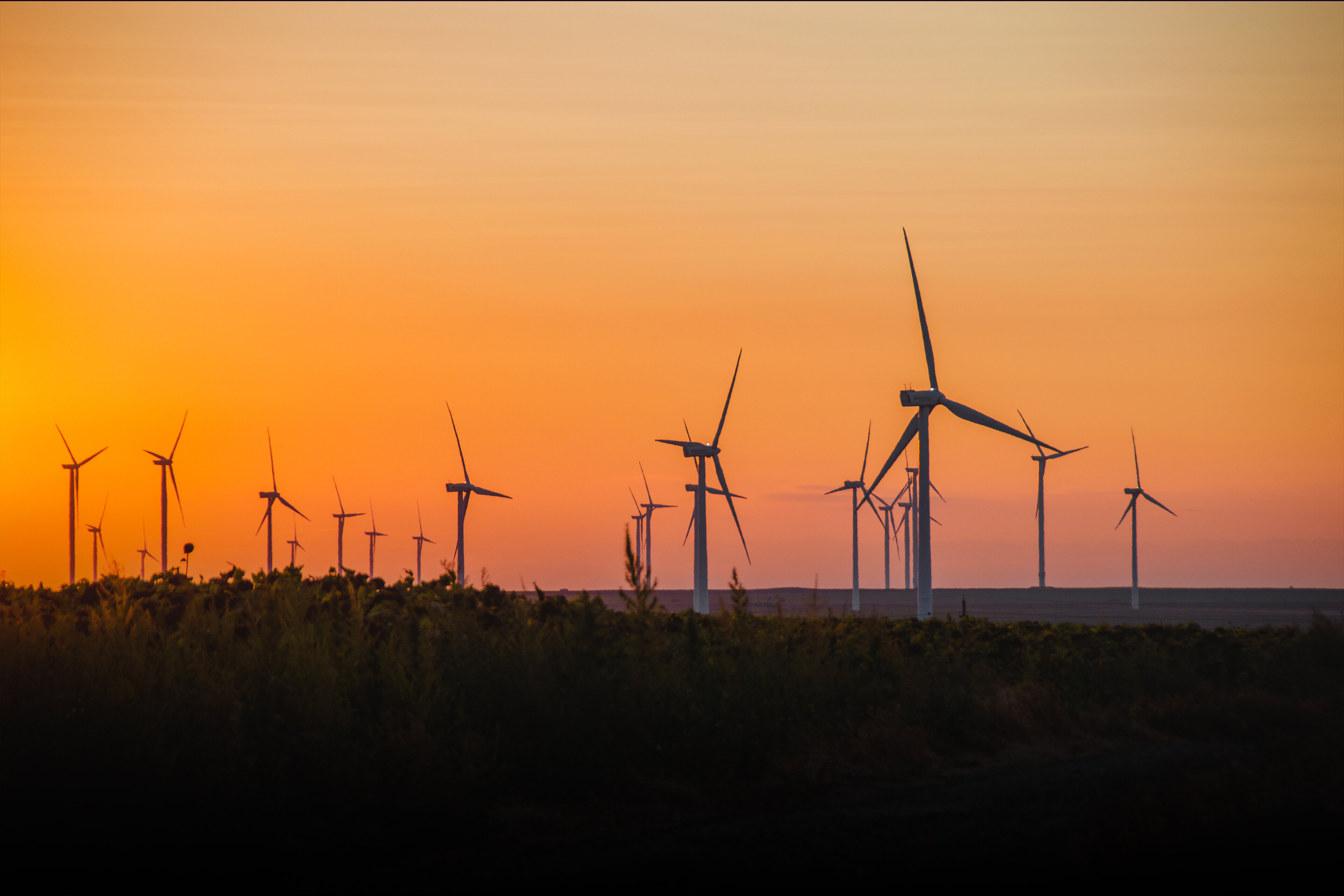EY refers to the global organization, and may refer to one or more, of the member firms of Ernst & Young Global Limited, each of which is a separate legal entity. Ernst & Young Global Limited, a UK company limited by guarantee, does not provide services to clients.

Low-grade ores boost sustainable mining, reducing reliance on depleting reserves. Tech advancements aid iron ore beneficiation for India’s steel industry goals.
In brief
- Iron ore beneficiation improves steel efficiency by enhancing raw material quality, cutting costs, reducing emissions, and strengthening supply chain reliability.
- A 1% increase in iron content boosts blast furnace productivity by 2% and cuts coke consumption by 1%, lowering costs and reducing steel import bills.
Global steel companies’ production is largely dependent on the blast furnace route, which accounted for around 72% of the total crude steel production in 2023. As the world steel producers focus on sustainability and aim for zero emissions, many are looking to switch from blast furnaces to direct reduced iron (DRI) powered by renewable sources through the Electric Arc Furnace (EAF) route. Due to the limited availability of scrap for EAF, DRI becomes the only viable option in the near future. However, these methods require high-grade iron ore, which has limited reserves, creating a hurdle in green steel production.
The National Steel Policy (NSP) 2017 has outlined ambitious goals for India’s steel industry. To meet the target for fiscal year 2030-31, steel producers will require 437 MT of iron ore as raw material. With such a huge demand, the industry faces several challenges, including the need to expand the resource base, utilize low-grade ore and overcome infrastructure bottlenecks related to roads, railway, power, ports, water, handling and storage. Other challenges include utilization of slimes, encouragement of research and development and land acquisition for setting up new plants.

India's rapidly increasing steel output has placed growing pressure on the demand for high-quality ore. Iron ore extraction in India yields lumps to fines in the ratio of 2:3 — 60% of the ore generation is in the form of iron ore fines. For efficient utilization, it is imperative to process these fines. The push towards the beneficiation of low-grade iron ore could reshape trade patterns if effectively implemented.
Exhibit 2: Indian crude steel production and import statistics

Challenges and applications in the steel sector
India's crude steel production reached 140 MT in 2023 and is expected to grow by 82% by fiscal year 2030. The country’s iron ore beneficiation capacity, currently at 136 MT, is projected to reach 143 MT by FY25 and 170 MT by FY30, with major expansions in Maharashtra, Odisha, Karnataka, Chhattisgarh and West Bengal adding about 34 MT.
In FY21, the Indian Bureau of Mines reported 121 MT of unused iron ore stock, with 55% of it consisting of fines containing less than 58% Fe. Low-grade iron ore, which makes up 17% of total production, must be tapped to meet the growing steel demand. High-grade reserves (>65% Fe) stand at 1.45 billion tons, medium-grade (62% to 65% Fe) at 2.59 billion tons and low-grade (<62% Fe) at 1.80 billion tons.
Slimes, which comprises 20% to 25% of Run of Mine (ROM), are often discarded, trapping millions of tons of iron in slime ponds. Tailings account for 10% to 25% of iron ore mined, equating to 18 MT annually, highlighting opportunities for recovery and utilization.
In 2022, the Ministry of Mines proposed a beneficiation policy, mandating that 80% of low-grade ore (Fe < 58%) be upgraded to higher grade (62% Fe). Non-compliance may result in fines or lease termination, raising concerns about the financial burden on smaller firms. Beneficiation, though costly, enhances productivity, reduces transportation expenses, and lowers the environmental impact of mining activities. Proximity to beneficiation plants can significantly reduce logistics costs and benefit both large and small miners.
India’s long-term goal is to achieve net-zero emissions in the steel sector by 2070, with a shift towards Electric Arc Furnace (EAF) capacities. The raw material mix for EAF includes 62% hot metal, 26% DRI, and 13% scrap. The DRI process, however, requires high-quality iron ore. Impurities like silica and alumina can increase costs and energy consumption during the EAF process, adding another layer of complexity.
Iron ore beneficiation not only improves raw material quality but also boosts blast furnace productivity by 2% for every 1% increase in Fe content, reducing coke consumption and overall production costs. This process is key to enhancing the economic viability of steel production and reducing environmental impacts.
Prospects of high-grade ore in the global market
India’s future in the global iron ore market could hinge on increased acceptance by buyers. Asia, particularly China, may be more receptive to upgraded Indian ore compared to Europe, which may be deterred by high alumina content. With concerns already raised over the increasing alumina content in Australian ore, buyers may become hesitant towards Indian ore if the same issue is not addressed.
Industry research suggests that upgrading beneficiation capacity costs around INR1,500 crore per million tons. To increase capacity from 136 MTPA to 170 MTPA, the mining industry will require an investment of INR 51,000 crore by 2030. While the investment is substantial, the productivity gains from beneficiation and the potential to upgrade otherwise unusable low-grade ores may justify the cost, pushing India closer to its sustainability and green steel goals.
Government intervention and the path forward
Government intervention in the form of transparent policies and incentives is crucial for regulating and promoting the iron ore beneficiation market. Such policies should be focused on sustainable iron ore mining and utilization of domestic ore within the steel industry. A symbiotic relationship between mining and steel companies is essential for maximizing the benefits of resource allocation, reducing wastage and promoting efficient production practices. It encourages resource efficiency, economic sustainability, and environmental stewardship. For this partnership to work effectively, transparent communication channels between mining and steel companies are necessary, as is a supportive regulatory framework from the government that incentivizes such strategic partnerships.
Co-authored by Vikram Mehta, Partner with the Indian member firm of EY Global and Ashish Joshi, Director with the Indian member firm of EY Global.
Summary
The Indian steel industry aims to increase crude steel capacity to 300 MTPA by 2030, necessitating 437 MT of iron ore. With sustainability goals and a shift towards Electric Arc Furnace (EAF) technology, there is a pressing need for high-grade iron ore. India's National Steel Policy 2017 and the Ministry of Mines are focusing on utilizing low-grade ores through beneficiation, which improves ore quality for efficient steel production. This process is vital for meeting future demand, reducing environmental impact, and supporting the transition to green steel, but requires significant investment and government support for infrastructure and research development.
How EY can help
-
Discover EY energy transition insights, people and services, and how they can help your business unlock the opportunities of an uncertain future.
Read more -
EY offers Digital Grid Services to help companies digitize grids and improve operations. Our Smart Grid solutions help reduce costs & enhance performance.
Read more -
Discover how EY innovation team helps utility companies embrace the new energy landscape with strategic, opportunity-led innovation and transformation.
Read more
Related articles
How power utilities gain from converging IT and Operational Technology
EY helps power utilities enhance performance by integrating IT and OT systems for efficient operations and sustainable customer-focused energy solutions.
How Indian power utilities can adopt technology at scale
Explore how Indian power utilities must adopt digital tech to modernize grids, boost efficiency, cut emissions and meet future energy demands by 2030.
How can India accomplish vision India@100
EY highlights the areas that require the attention of Indian policymakers to accelerate the growth curve in the coming years. Learn more about India@100.






